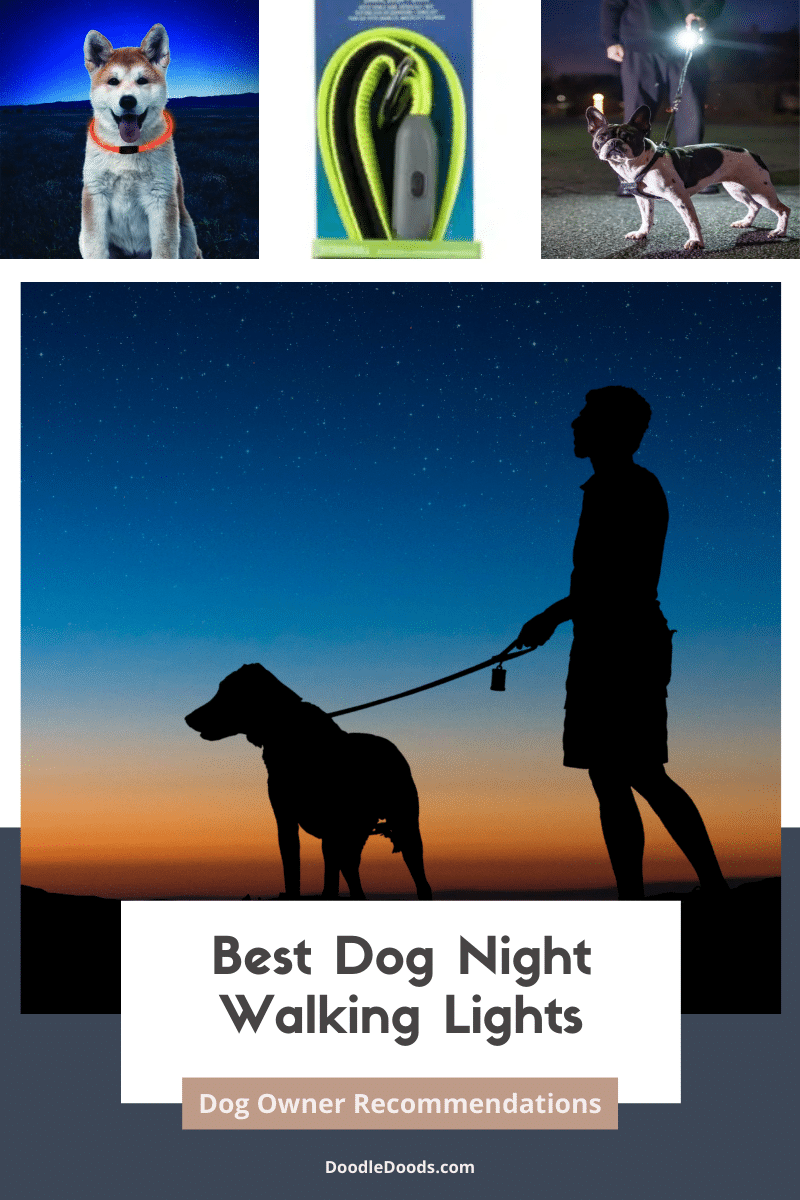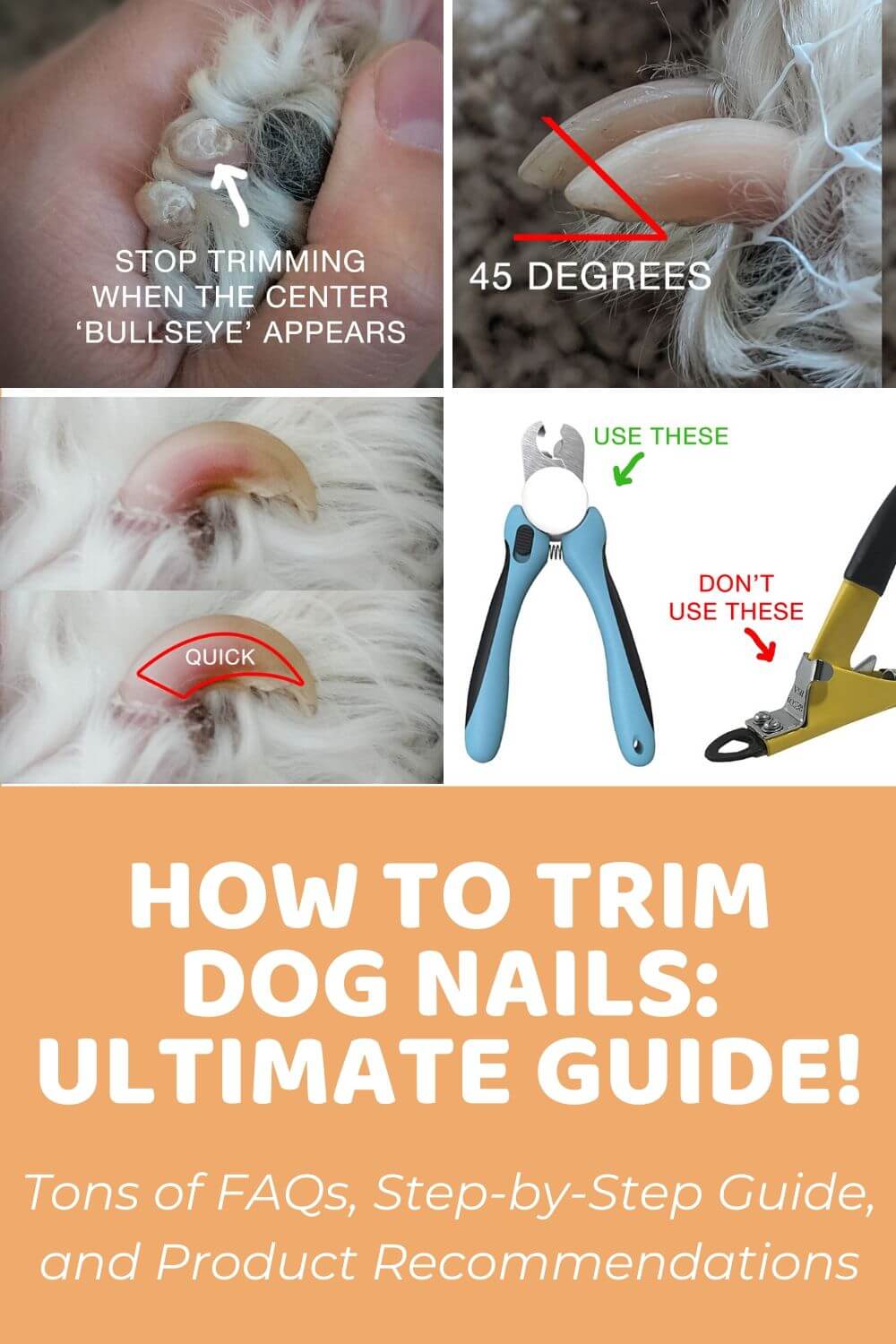When bringing a new puppy into your home, there is a lot to think about. Some of it is obvious, like picking up food, a bed, and toys. Some of it is perhaps a little less so – like treats. That’s why we have compiled this list of best treats and chews for puppies under 3 months. Each one is super flavorsome but also contains a bunch of healthful ingredients that make them excellent for your new puppy in a whole lotta ways. Let’s get started.
Table of Contents
- Why Give Your Puppy Treats?
- What Can 8-Week-Old Puppies Eat?
- Young Puppy Treats: Buyer’s Guide
- Best Treats and Chews for Puppies Under 3 Months: Reviews
- How To Use Treats In Training
- Treats for Young Puppies: Frequently Asked Questions
- Best Treats for Puppies Under 3 Months: Conclusion
Learn How to Care for Your Doodle Puppy!

Perfect for first-time Doodle parents, get ALL your questions answered, including questions new Doodle parents don’t even think to ask.
Plus, get $700 worth of Bonus Materials for FREE, including:- Doodle Parenthood Community and Support Group ($190 value)
- Doodle Puppy Growth Tracker ($20 value)
- EMERGENCY Cheatsheet: When To Call The Vet Immediately ($50 value)
- HELP! Button ($145 value)
- And SO MUCH MORE!
Treats are vital for your puppy in several ways. They are an important training tool – helping your newest family member understand the rules of their new environment, and they are essential for maintaining jaw, teeth, and gum health, as well as supporting your pup through teething. Plus, they are also just one of the little ways you can show your new puppy how much you love them.
Top 5 Treats For Your Puppy Under 3 Months
These are our favorite options based on user reviews, with the links to where you can buy them. If you’d like to learn a little more about each first, what they contain, what they are good for, and the various pros and cons of each, we cover all of that and more a little further down the page.
-
Pick #1:
Wellness Soft Puppy Bites Lamb & Salmon Recipe Grain-Free Dog Treats. Packed full of tasty, healthy ingredients, these excellent training treats are as tempting as you need them to be while still offering a pretty solid level of puppy nutrition.
-
Pick #2:
Milk-Bone Original Puppy Biscuit Dog Treats. Classic, simple and fabulous, Milk-Bone’s original treats contain all that growing dogs need for strong bones and teeth, healthy eyes, and more plus, they are terribly tasty too.
-
Pick #3:
N-Bone Puppy Teething Ring Chicken Flavor Dog Treats. Super useful for puppies working their way through all the non-joys of teething, these yummy chicken-flavored rings are the perfect size and shape to ease sore gums.
-
Pick #4:
Nylabone Healthy Edibles Longer Lasting Puppy Turkey & Sweet Potato Flavor Dog Bone Treats. Great for when you’re looking for space away from the hound, Nylabone’s Healthy Edibles come in a range of sizes, so you can get ones that are suitable for tiny mouths too.
-
Pick #5:
Get Naked Puppy Health Grain-Free Small Dental Stick Dog Treats. Not a very familiar brand to us, but these small-sized dental sticks, with their nutritional profile, firm yet soft chewable texture, and tasty flavor, are great for pups everywhere.
Why Give Your Puppy Treats?
When that gorgeous little ball of floof stares up at you with big, soulful brown eyes, you will want to spoil them rotten. Feel free to give in to that urge when it comes to love and affection – the more, the better as far as your new fur baby is concerned. However, treats are a little trickier…yes your pup will love them, and they will always be well received, but they should play a very specific role in your dealings with your dog. For one, treats are an excellent training tool.
Rewarding your pal’s good behavior with sumptuous snacks is a great way to encourage them to do what you want them to do. This is a concept known as positive reinforcement. Basically, the idea is rewards make your pet more likely to repeat the actions that led to that reward. So, for instance, if you issue a command like ‘sit’ and gently push your puppy’s hindquarters to the ground before giving them a treat, over time, they will come to associate that word with that position and the appearance of a glorious goodie.
The great thing about treats is that many of them have benefits that extend beyond training purposes. For example, better brands pack them with nutrients like calcium, vitamin D, and omega fatty acids, which are excellent for your growing hound. Plus, chewing helps keep jaws healthy and teeth clean and free from buildup. Moreover, some treats double up as teething chews to ease aching gums during what can often be an uncomfortable time for your baby.
What Can 8-Week-Old Puppies Eat?
By the time your puppy is 8 weeks old, they will be weened and eating solid food. In theory, you should be able to give them pretty much anything and everything you would feel comfortable giving an adult dog (paying attention to the size and hardness of the snack, of course). That being said, it’s best to stick to pet food and the right kind of treats.
The better pet food brands divide their offerings up not just into different breed sizes but also into different life stages. This is because dogs need varying nutritional mixes throughout their lives. Puppies that are still growing need a higher concentration of calories and the kinds of vitamins and minerals that support healthy development.
The same can well be said for treats. The good ones are going to provide a little extra something, something that really gives you a good feeling about feeding them to your little hound. They will also be kinder to smaller and weaker teeth and jaws and support easy digestion. Take care, though, that you don’t overdo it on the treats, even in the early days. As you likely know, if you’ve ever tried to diet, pounds can be tough to shed once put on.
Young Puppy Treats: Buyer’s Guide
With a seemingly endless array of canine treats on the market today, you and your pup are going to be spoiled for choice. That’s why you must find a system for picking the best ones. This is also important because not all snacks are designed for puppies, and you need to ensure you choose the best ones for your pal. It’s not that adult dog treats might harm your little guy or gal. It’s more than puppy ones tend to be specifically designed with small mouths and growing bodies in mind in the following excellent ways:
Nutrition
We’ve touched on it a little above, puppies have slightly different needs in terms of their food than mature canines. While most of this will be covered by their food, treats can be used as a handy supplement to boost their intake of beneficial nutrients like vitamin A for eye development, vitamin B, which aids in cell growth, calcium for strong bones and teeth, and omega fatty acids for brain, skin and coat health. So make sure that when picking up treats, get one with “puppy” right there on the packet.
Size
Another reason it’s important to pay attention to treat labels is so that you can get the right size. (This can obviously vary by breed size as well as age). Something too small will be inhaled by your pooch and barely touch the sides. Worse still, it could pose a choking risk if small enough that your pet thinks they don’t have to chew it but is just a little large to go down easily. On the other hand, something too big might hurt your puppy’s teeth, or they may simply lose interest and walk away.
Texture
While your puppy’s teeth will feel like sharp little needles when your fingers get in their way (another reason chews are so necessary), they are actually pretty delicate. Treats designed for adult dogs obviously won’t take this into consideration and might be a bit tough for your little love. If they are adamant about giving it a go regardless, they could end up damaging their gums. Most likely, though, they will just find something more appealing about the house to chew instead – your shoes, furniture, and clothes will do them nicely.
Taste
While all of the above might feel important for you, this is the factor that will be most important for your pet. The thing about treats is they can offer all the benefits in the world, but all of that will be for nothing if your pup would rather look at it than chew it. Needless to say, you are going to need to find treats that appeal to your four-legged friend, and you might not always get it right the first time, either. If you opt for something with a similar flavor to their food (at least at the start), they should get the general idea.
Best Treats and Chews for Puppies Under 3 Months: Reviews
Best For Training
Specially formulated for dogs less than a year old, these delicious “bites” contain a premium, all-natural mix of pure meat protein with added fruits and veggies with no absolutely no meat by-products, corn, wheat, dairy, artificial colors, and flavors. They are also a natural source of Docosahexaenoic acid (DHA), which sounds scary but is actually just a type of omega-3 that is excellent for brain development. So not only will these treats motivate your pup with their training, but they could help make them smarter too!
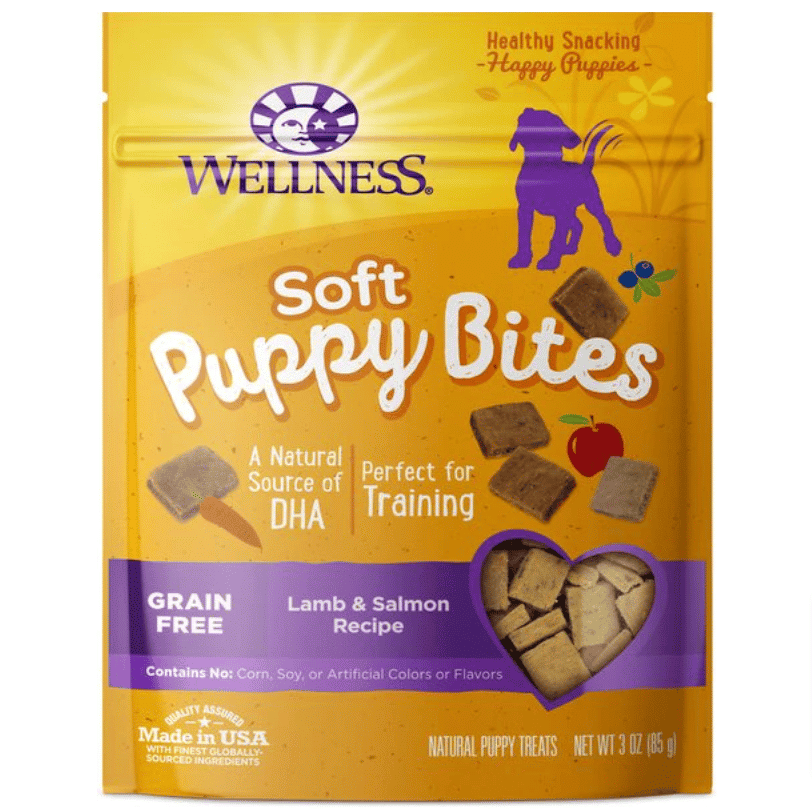
Pet parents love the fresh, healthy ingredients of these soft snacks. The lamb and salmon combo is great for more sensitive stomachs too. In terms of size, they seem to fit most smaller mouths and are very chewable. Plus, you can use several of them a day for training rewards without worrying about overfeeding your puppy. Beyond that, most dogs seem to love the flavor, which is vital in something you are looking for as a form of motivation!
Pros
Puppies love these excellent treats. They are soft enough to not cause problems for teeny teeth while being chewable enough to not slip down too quickly.
Cons
The bites are a little crumbly, which means they can break down in the bag and not make such satisfying rewards for larger pups.
Best For Supporting Growth
With 21 vitamins and minerals aimed at puppies one year and younger, including DHA for healthy brain development, a natural omega-3 fatty acid that supports the nervous system, and calcium and vitamin D for strong teeth and bones, Milk-Bone Original Puppy Biscuit Treats are classic for a reason. As well as being tasty and oh-so-nutritious, the naturally crunchy texture of the snacks helps remove plaque and tartar buildup which cleans teeth and freshens breath too. Wins on all sides!
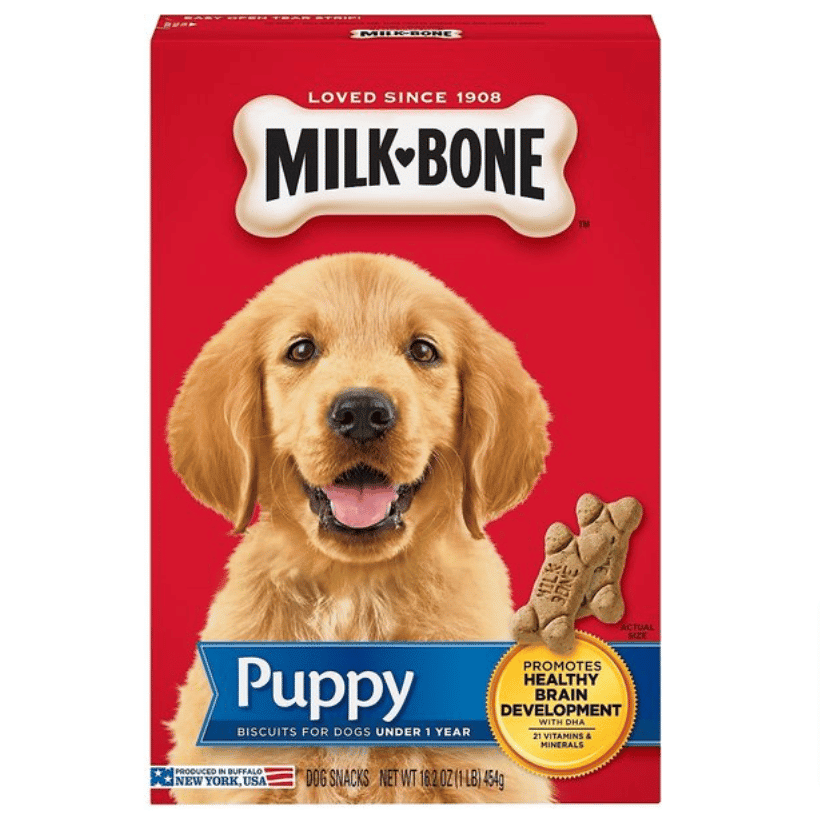
“Amazing product, I love the consistency, and my pets are just ready to tear them apart” is just one of the ringing endorsements found in the review section for these fab snackables. They really do seem to work for pups of all ages, although some owners do mention having to break them in half for particularly small pups. These tasty treats never seem to get old no matter how many most dogs get – they love them right up to adulthood.
Pros
The original bone-shaped dog treat – great product, great ingredients, great price.
Cons
These biscuits may be a little on the large side for a Toy, Mini, or Teacup Dood, but they can be broken down.
Best For Teething
Designed specifically to help relieve sore gums with gentle massaging action, N-Bone’s Teething Ring Treats aren’t the best training snacks. In fact, they are far better kept for those tough teething times you’ll encounter in those early weeks and are great for redirecting your puppy’s chewing away from your belongings so they can understand the things they can and can’t get away with having a little gnaw on. They also contain added DHA and fatty acids to promote a healthy brain, skin, and shiny coat.

Reviewers comment that these tasty rings seem to go down a storm with their chew-hungry hounds of all ages. Moreover, they are sturdily made and tend to last much longer than other similarly intended treats. Owners report that they are great for calming puppies down and keeping them busy, which makes them pretty handy for crate training too. They even seem to work for dogs with sensitive stomachs causing no digestion issues at all.
Pros
A great shape, flavor, and formula for a scrummy yummy, highly-chewable teething, gum-soothing treat. These teething rings even include ingredients that help reduce pain and swelling.
Cons
As is the case with all nibbles of this nature – they aren’t for everyone. Some puppies simply turn their nose up. Pro tip.. if this is the case with your pup, try coating the ring in a foodstuff they adore, such as peanut butter, to get them to give it a go.
Best For Small Breeds
If your happy hound is on the smaller side, these Nylabone Healthier Edible Treats will be your best bet. Highly digestible and crafted with turkey – a healthy source of protein and sweet potato – rich in antioxidants, these excellent bone chews are not just delicious but super nutritious too. If your pup is on the larger side, Nylabone also offers the same snacks but in a range of different sizes – something for everyone. Again, these are more for calming and beneficial chewing than training, though.
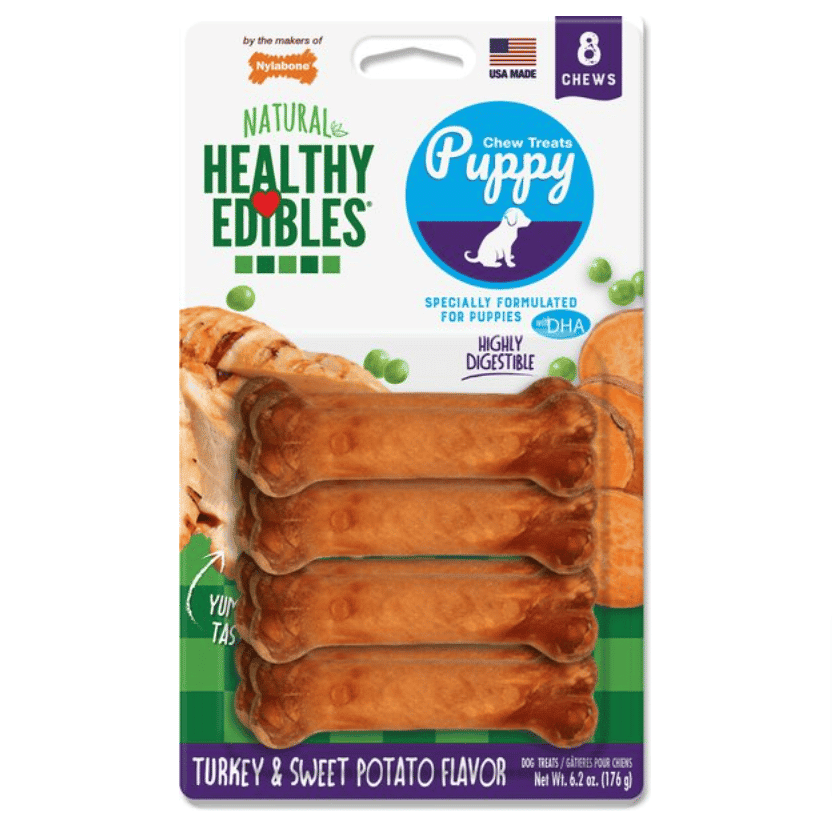
Another excellent treat for crate training, according to the reviewers, these are great because despite being packed full of vibrant flavors, they are entirely free from artificial ingredients. They are particularly useful for pups that are super fond of chowing down on anything and everything outside of teething time too. They are also a great distraction and a good way to keep your pal busy when you’ve got stuff to do.
Pros
Great treats for calming, distracting, and giving your pet something other to do than chew up your shoes. The flavor seems to work for most dogs as well.
Cons
Some pet parents mention that these chews can leave a bit of mess behind as they are a little on the crumbly side. For that reason, these might be better left for outdoor use or crate time.
Best For Dental Health
Also great for teething puppies, these all-natural dental sticks are specially formulated with DHA omega 3 fatty acids to help promote healthy cognitive development and also help keep teeth white by reducing the buildup of plaque and tartar through chewing. As well as containing a whole host of beneficial ingredients for your growing fur baby, these excellent sticks are just 27 calories each, meaning you don’t have to worry about overdoing the snackage when it comes to training time.
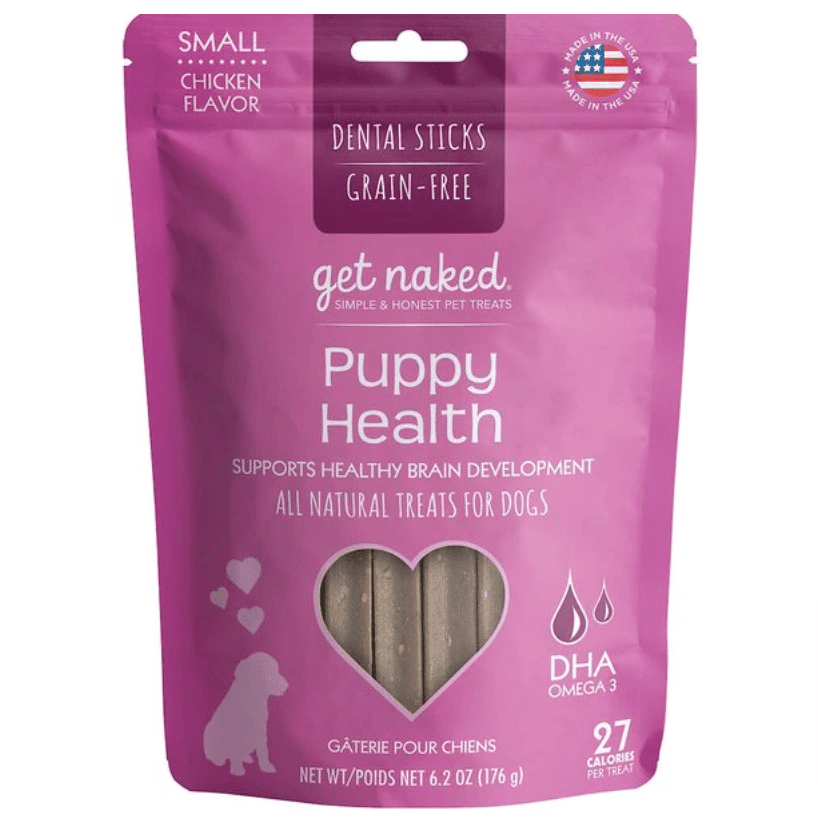
Pet parents love that these treats are super versatile in that they can easily be broken up for teeny-sized training treats or given whole for a happy distraction. They tend to last more miniature puppies quite a bit longer than other chews despite the fact that they are designed soft for delicate teeth. The sticks also work well for teeth while freshening breath, too – another massive advantage when it comes to canines, we think you’ll agree.
Pros
That whole minty-fresh breath thing is a huge selling point for any dog chews. Especially if your hound just loves to lick your face! Beyond that, these treat sticks seem to offer a variety of other benefits for puppies.
Cons
The meaty-minty smell and taste doesn’t go down well with all dogs. Again you could try combining these treats with something your pet loves just to get them going – might work, might not…
How To Use Treats In Training
If you haven’t yet grasped the value of treats in your new dog parent life, you very shortly will! Just like many other animals (and human children, too, for that matter), puppies will do just about anything for a treat they love (and often for one they are just okay with, for that matter). Dogs, especially Doodles, tend to be very food motivated. You just need to go about this the right way.
Firstly, you can’t just be doling out treats all willy-nilly. They have to be explicitly reserved for reward purposes, and your canine has to be very clear on just which of their behaviors has deserved that reward. So, for instance, say that you have been working on the command “stay,” a very useful one but tricky for wiggly little pups to get. You might feel like you’re getting there when your puppy freezes for a few seconds, but if you offer the treat when they come over to you with a lick and love, your hound might get the impression that this is what they are getting the treat for instead, and repeat this.
That’s why many owners use a clicker (a little device that makes a clear, distinct noise) or a praise word that is only used for training (good boy/girl is a little too general). Using one of these, you can highlight the exact action and let your little friend just what is expected of them in that particular situation. However, getting your pet to develop the association with the noise or word and the treat will take a little time, so patience is key when you are training your puppy.
Treats for Young Puppies: Frequently Asked Questions
While your 8-week-old puppy should be weaned and ready to take on just about anything an adult dog can handle, it’s best to look at treats aimed at their particular life stage. This is because puppies have slightly different nutritional needs than their counterparts. Moreover, they obviously generally have much smaller and more delicate mouths.
There are definitely some people food treats that you could offer your puppy. Many of them have a surprising number of benefits for a dog (e.g., frozen veg as a low-cal training treat). That being said, you do need to be careful, as some human foods are toxic for dogs. Check out our article on what dogs can’t eat to learn more about this.
You will be able to start giving treats to your new pup from the day you get them, which will be around the 8-week mark. Just make sure that treat-giving is intentional. If you give snacks to your pup on-demand, they will start to demand it more and more, and anything you try to do training-wise with treats as rewards will fall flat.
Best Treats for Puppies Under 3 Months: Conclusion
If you are considering adopting, or have already adopted a puppy, then you will very likely look at that gorgeous hairball staring up at you and want to give them the moon. We’re sure that love, affection, and treats will be in plentiful supply for your new fur baby. However, you do need to be a little bit careful when it comes to what you are offering up to your pup. You will want to find treats that aren’t simply empty calories or that might harm your little friend in some way. That’s why we researched and found some of the best treats for young puppies on the market today. Any and all of those included on our list will be great for them to sink their little teeth into.
The information on this page is for informational purposes only. It is not intended to be a substitute for qualified professional veterinary advice, diagnosis, or treatment. Always seek the advice of your veterinarian or other qualified animal health provider with any questions you may have.



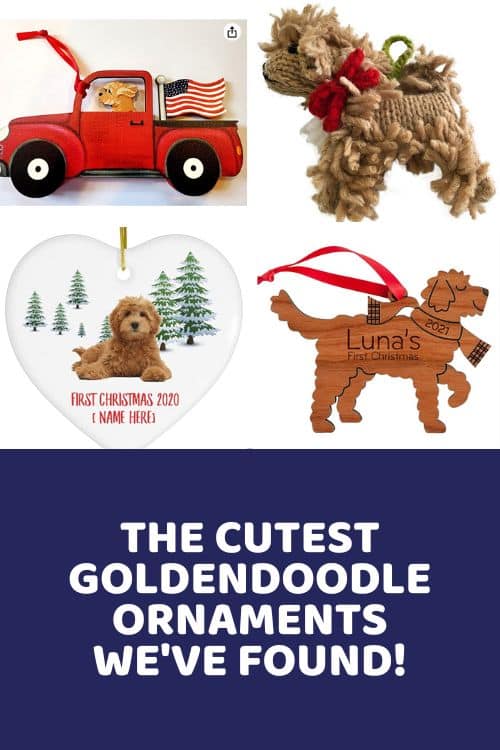
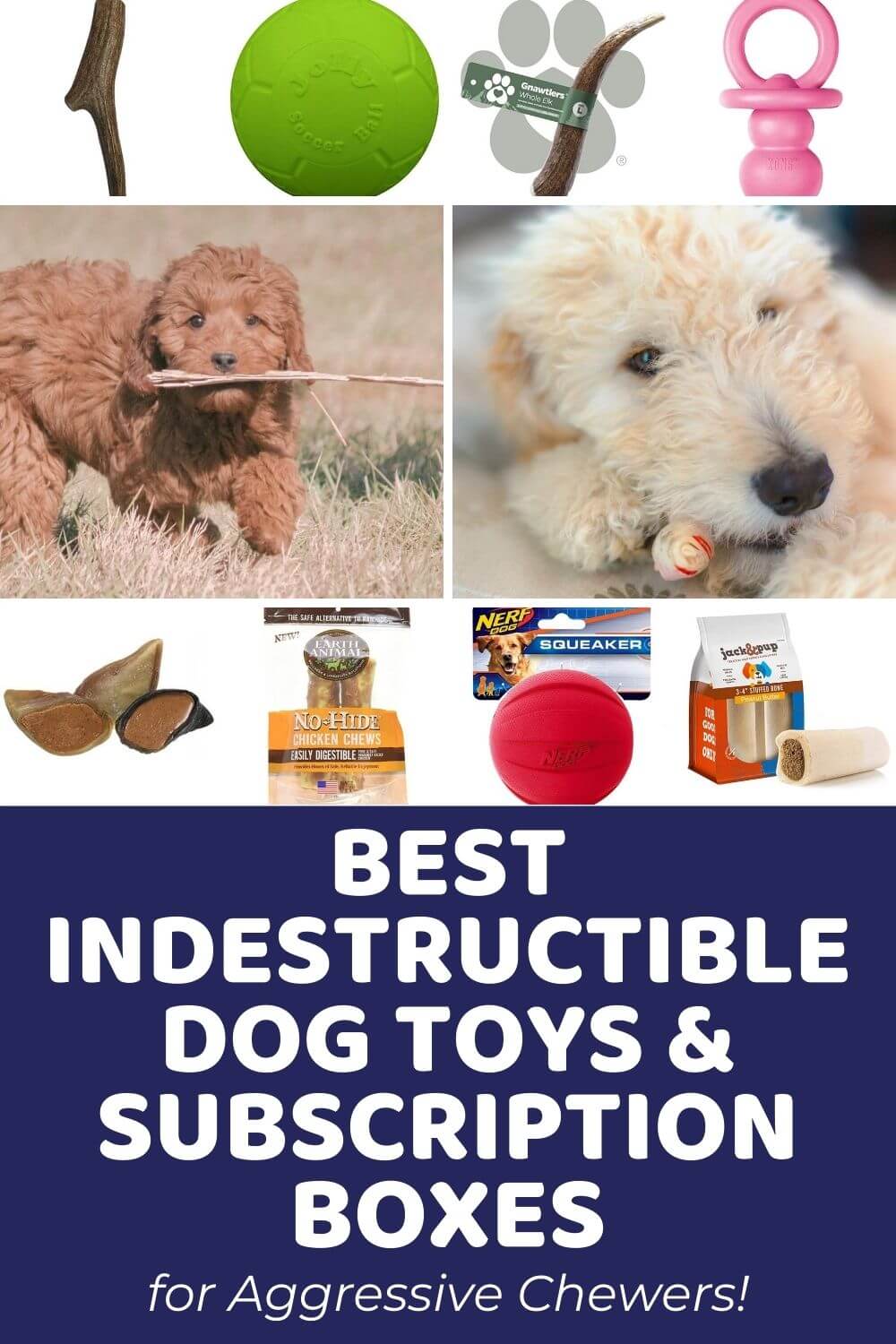
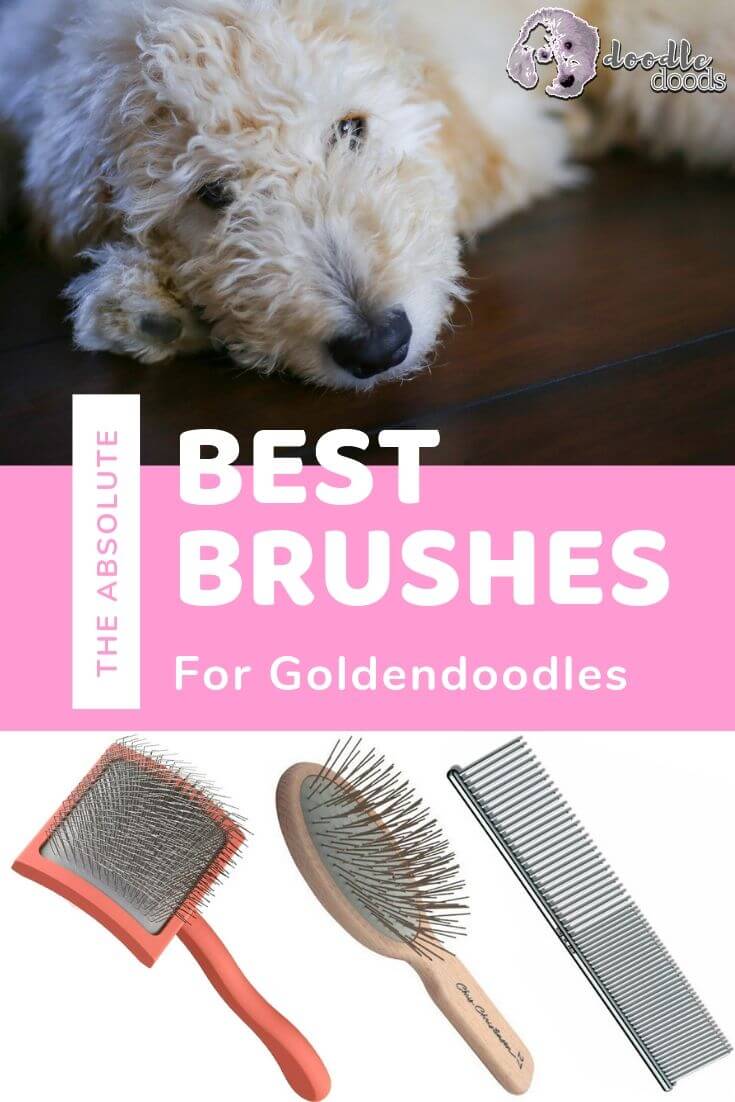
![Best Dog Beds for Goldendoodles (& All Other Doodles) [Updated 2020]](https://doodledoods.com/wp-content/uploads/2021/01/Best-Dog-Beds-for-Goldendoodles-All-Other-Doodles-Updated-2020.jpg)
